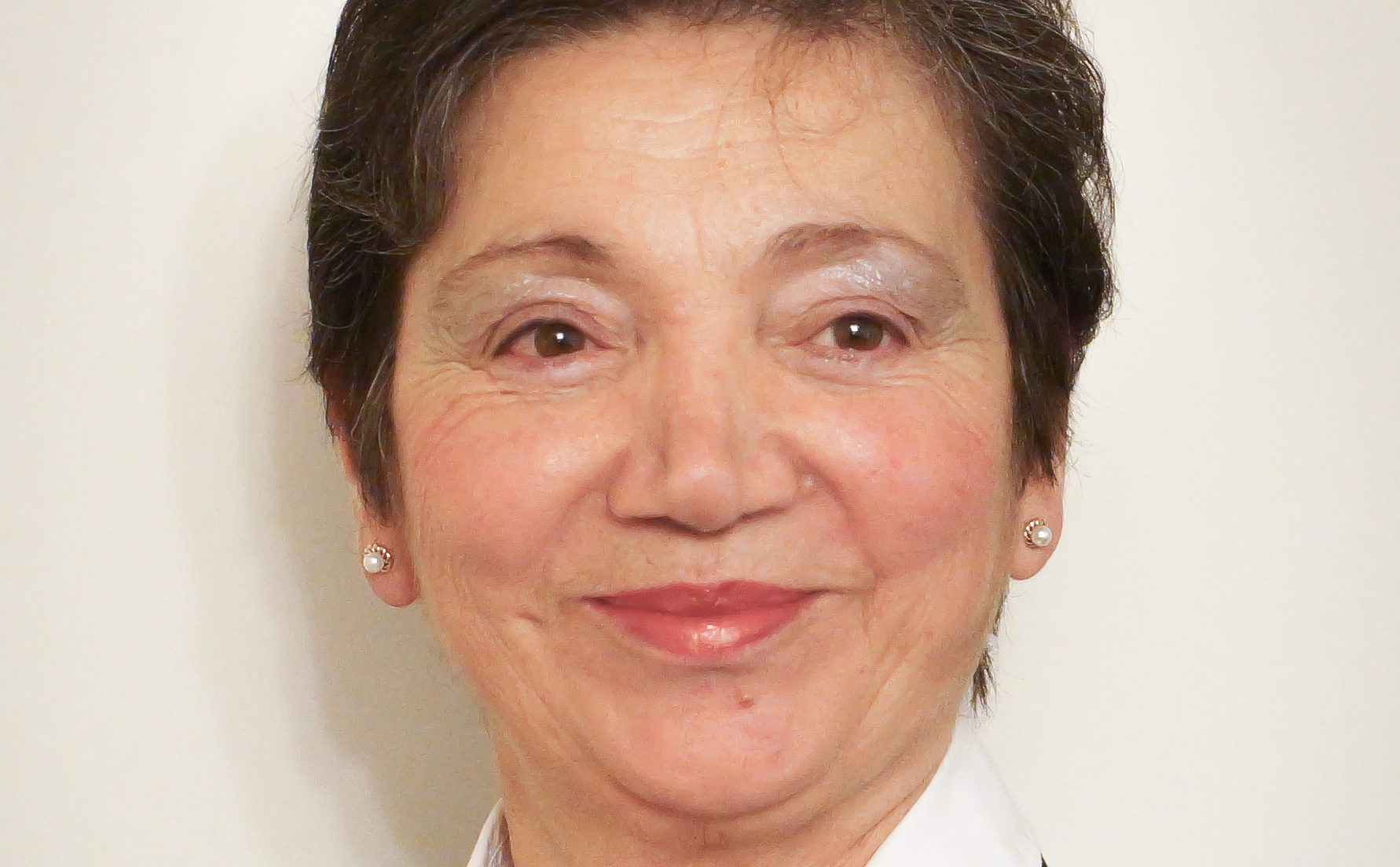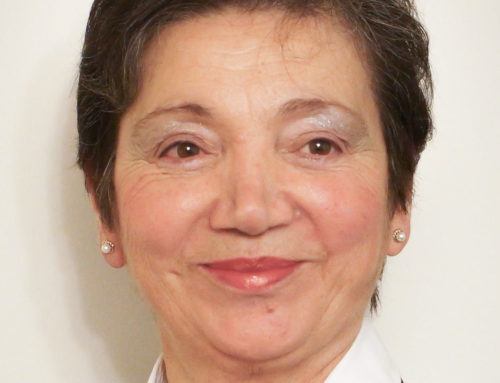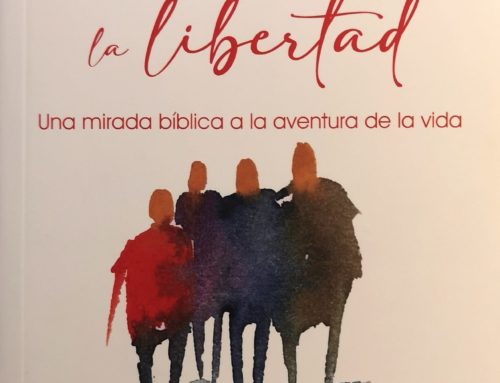Grief has As Its Signature….Remembrance
Anne Lastman
There are moments in life which help to change our understanding of how easy it is to dismiss or suppress grief without really understanding the complexities of grief.
Example:
At the time of the death of my son about four years ago, I, as a grief counsellor, thought I understood all that there is to know about grief. I know about complicated grief, disenfranchised grief, anticipatory grief, abortion grief, sexual abuse grief, child loss grief, pet loss grief, I felt quite knowledgeable about this topic. Or so I thought, and then I realised that I didn’t know anything about grief, disenfranchised grief. A grief, which like abortion, suicide grief, still have a stigma attached to them and so it’s this death that is only whispered about. When asked about the death of the loved one the response is invariably “my son tragically died 2 years ago” and left at that. This both for the inquirer not to be made to feel uneasy and for the responder not to have to explain.
I have attended many conferences on grief, seminars on grief, discussions on grief, youth grief, I have given workshops and presentations on grief, therefore I knew about grief. But grief has many twists and turns especially around corners, and various kinds of shock responses and management. grief indeed has a ‘mind of its own.’
Grief is the response to the loss of someone or something precious to each human being. Grief is something our body expresses both internally and externally when that loss occurs, and it’s a way of keeping that person’s story alive, that loss alive.
Grief is the loss of everything we knew about the relationship with the one who has died. All the good things and even not good things. It’s in-built into the humanity of an individual. Grief is the signature of loss which is never really lost but lays quietly in the shadows of our hearts and minds. It’s covered over so that it’s not always before our eyes, but it’s there. And so, it happened in my own life. The severing. And from this a new understanding. Each suicide of a human being with its hundreds of trillion cells making up its body means that each suicide is experienced not only by the griever but by each of us, that is, all humanity has experienced a loss, not only the suicide’s family and loved ones but all of humanity.
I remember when my son Mark passed violently away, at first not believing it. I can still see myself running around, fast as I could, all around the apartment just saying NO until I stopped. Exhausted. Then dealing with the coroner and still saying NO, and his report and still saying NO. Two funeral services, a secular one for his work colleagues and non-religious friends and when the body returned to us 3 weeks later a private catholic ceremony just for family, and then cremation. I still said NO it’s not Mark, and yet when I saw the coffin going down, I placed a single red rose on it and in my mind, I kept saying “it’s okay Mark you can go now. Look ahead there’s Jesus waiting for you. Go ahead don’t look back. I’ll be Ok. We’ll be Ok so go”. Depression never allows itself to be looked at in the eyes just leads to looking deep down and finding faults of a lifetime and hopelessness.
A part of me was saying NO it didn’t happen and yet another part of me was saying goodbye. Go and don’t look back we’ll be OK. And throughout all the time since the call about his death not one tear came. I remember, after the call, running around the house saying NO. I must have said NO hundreds of times. During all the paperwork. Preparation for services. Choosing of urn, no tears. I also remember at the wake for his colleagues and friends I was going around saying to people “there there its Okay” and “yes, he’s gone” Not using word “dead” and “I know he’s gone” no tears. Likewise at the small service for family during coffee and biscuits still being the good hostess and comforter of others but no tears.
After funeral each went back to their own lives, and I went back to mine and still NO he’s not gone and no tears.
I immediately returned to work counselling grieving women. Being very professional and still no tears. This went on and on but eventually it felt better and put on the back burner. I’d look at his portrait at home as I walked around and said nothing. Everything went back to normal.
That is until:
In the beginning of 2023 (3years after funeral) I was asked to get both birth and death certificates for estate purposes. As his executor apparently it was my job, but I kept putting it off until eventually it had to be done. At registry office I was handed two certificates one birth one death, and his name was on both of them. And then it happened. I looked at the young lady and said, “Mark’s dead, isn’t he?” and the dam burst its banks. Again, I started running around the office but this time wailing. I was taken into a “grief room” and given water, tea, but it didn’t want anything I wanted Mark. (I realised my running for me is related to trauma, as if running away from the memory of the trauma or a remembrance of running from onslaught of trauma).
I ran downstairs in the lift into street, holding the certificates and crying deeply. I cried in the centre of city, on bus, off bus, walking in park, when I got home. I didn’t/couldn’t run anymore I just cried until I ran out of tears and was able to say, “he’s dead, isn’t he?” Now I still cry when I think about it but not all-time except when I hear a song “I Miss you” (Missing People’s Choir) then the waterfall starts again.
Why have I shared such intimacy with you? Not to elicit sympathy but to explain how this is similar to abortion grief. Both are types of disenfranchised grief. Both bodies (usually suicides and abortions) are unseen in death. Both bodies not held one last time and crying over their beautiful body which a mother gives to her child. I/we couldn’t see Mark’s body because of the condition it was found in after 4-6 weeks of death. My last encounter face to face with him was about 4 months earlier when he took me out to dinner, gave me a silver chain with a heart which had the words “I love my Mum” written within the heart and he said he was giving this to me because he thought he would be away on the day of my birthday. So, the last image I have of him was in a Korean restaurant and him giving me a silver chain with a heart and the words “I love my mum” So remembering him in this way and not seeing him laid out in death and the usual funeral preparations I could not accept that he had died. With abortion whether early stages or late term there is no body to see no body to hold. No body to hold tight, one minute the baby is lying safely in the mother’s body the next minute it’s gone. There is no image to remember, no words spoken.
When we encounter someone who has had an abortion either recently or long past and is able to say “I had 1-2-4-6 abortions and I feel okay” I now understand what they are saying. That there is a door they don’t want to open because if they do the pain will be unbearable. Even those who sprout loud words, defiant words about not caring that they had an abortion are hiding pain by running around saying that they are OK “I’m Okay don’t believe those who say you won’t be OK, see I’m Okay”. No woman is ever okay permitting the killing of her own child or seeing her child dead, she has been convinced or shocked into denial that she is OK Also, we know that seeing her own child in death would make her “see” what has happened and perhaps this is why images of abortions and dismembered aborted infants or, disfigured suicides, are not permitted on screens or in newsprint, or in even in Parliament when abortion laws are being discussed, because it’s the seeing of the humanity which surfaces the embedded mother love. Unseeing leaves no images, no heart shaped chain which says, “I love my mum”. The seeing (as in a funeral facility or chapel) allows a kiss on forehead. A word in the unhearing ear, A tear to fall on love, which they must feel. Unseeing, leaves that empty hole which nothing seems to fill because it was nothing that happened. “It” wasn’t a little human baby but nothing.
Throughout all of this I have been able to see clearly that these two types of death (suicide and abortion) have a shame, as a hidden factor which forbids open expression. I realised how important are the final rites (where possible and whatever the culture determines) which closes the persons life on earth. This is so important that when it’s missing the words “you never forget” or “I’ve remembered him everyday of my life,” (miscarriage) or “I went in pregnant, and I came out empty, there’s just a hole in my heart and a yearning to see her” are heard. This, I believe, is why even adopted children, no matter how happy their adoptive family life has been, there is that need to “see” who and where “I come from”. Where there is nothing then there is a lifelong blank space a need to look backwards and to see and know.
We understand that suicides and abortions and even murdered and unfound bodies are topics of pain, and we steer clear of pain by suppressing it until another day when the pain can be tolerated and be able to cope with it. This, we know is inscribed within the human being, soul. A need to know and see and hold and when time comes to let go.
Love always looks at son/daughter who has chosen to leave too soon, or whom a woman has chosen not to carry, and love remembers. Love never forgets but at times temporarily runs from the chaos that has visited.
We know that all nations, all peoples face death, there is no escape, and each society has developed and adapted their way of saying a last goodbye to their loved one. Have developed rituals which mean something to them and protects them from future mental health pain.
Each ritual is developed and created with their culture in mind, and how they see life and death and this assists in open mourning. Abortion, suicide, lost bodies cannot be accorded “goodbye rites” because they are unseen. “We need to find the body to give parents closure” are words often used when body is lost, but with suicide, loss of body, in utero death there cannot be closure especially when related to suicide or murder or lost because these are known bodies and not being able to view the body which has been known for years leaves a sense of untruth. Disbelief. Yes, a service religious or otherwise can be prepared but “for whom” There’s no body.
With the birth of every child there are rituals, announcements, birth, gender, joy of parents and others, naming, first holding, taking home. later sacraments or rite of passage, and so also in the finality each society has the final rituals, sadness, time of calling of the name for last time, Last rites sacrament, mementos of a life lived, where applicable. This beginning of life and ending are needed not only to honour the visitor in our life but also the saying “hello, welcome” and “goodbye” Thank you for coming to our home.
Rituals have a language of their own. They express so clearly what cannot be expressed with words. Rituals guide life, follow life, speak of life, honour life, and continue to remember life even in and after death. Sadly, rituals are becoming extinct and yet death is becoming more and more prevalent. The rites of passage both for male and female children are slowly going and, in some places, gone. Rites which announced each developmental stage of a child’s life and later adult life and finally the last rite which says its goodbye.
A flower in running water and words of love spoken out loud. A tree planted in beautiful surroundings, to grow heavenward, beautiful orchid placed in a pool with a lit candle representing the light that shone among society and which now has been extinguished, and then of course there’s the religious rituals, prayers, Rosaries, open casket, baptismal robe. The Jewish ritual (Kevra Kadisha) men and women who remain with the body after its cleansing and until burial to ensure companionship. This followed by ritual at synagogue followed by burial. There are other signs of mourning. 11 months for loss of a parent in which time the children of parent express their love and thankfulness for all that the parents have done for them, There is also a visible public expression of visitors who visit grave leaving a pebble on tomb on it. It’s a beautiful vision when seeing tombstones with many pebbles on top saying that they have had visitors and are not alone. At least for me it speaks volumes. This speaks of companionship and visit and not forgetting. An Indian custom of kissing the feet of one who has just passed away. Thank you for walking this earth it’s better for your having walked.
There’s the Japanese ritual for aborted infants, miscarried infants, named “Mizuko Kuyo” a Buddhists ceremony that focuses on death of in utero infants (abortion, miscarriage) or even still born. It sees mothers take little toys and items to the shrine and keep company with their child. A beautiful memorial.
A woman who aborts her child/ren clearly fits into this category of not “seeing” and cannot ever see but every cell in her body which has carried the body of her child, has seen and will always remember. She does not need to hear “you’re a murderer” She knows what she has done and as long as life remains so will the memory of the one not seen, and in our day of massive pain of suicides in huge numbers, over 50,000,000 abortions in one year, every year, infants lost to famine then perhaps we need to return to a time when we can hear the language of rituals speaking about life which help us to open our hearts to life.
This piece not been written in order to seek sympathy, excuse abortion which always remains the gravest sin against God who gives life, but an understanding that often abortion and suicide, are the result of having lost all hope. These eyes have lost sight the things which God has prepared for them. that the one gone, the aborted infant, the miscarried infant, the suicide, had a task to fulfil for the betterment of humanity and the abortive woman in time will come to see and long for her lost child. she will always be the child’s mother, never forgetting, as will the mother of a suicide will never forget but will forever remember the life together, last words spoken to each other. The last memento. And an abortive mother will in time remember her action, her regret and her hope that their next encounter will be one of joy and not decision making.
Not being able to see and prepare a farewell feast for these who leave us, leaves a heart that carries a hurt for life. A heart which finds it hard to say “you are loved, now go forward loved one. don’t look back. It’s Ok we will be fine” and to the unseen aborted infant, lost one “I am so sorry. Please forgive me. I will never forget you. I know what you look like. You are beautiful.”
Grief has as its signature…Remember.








